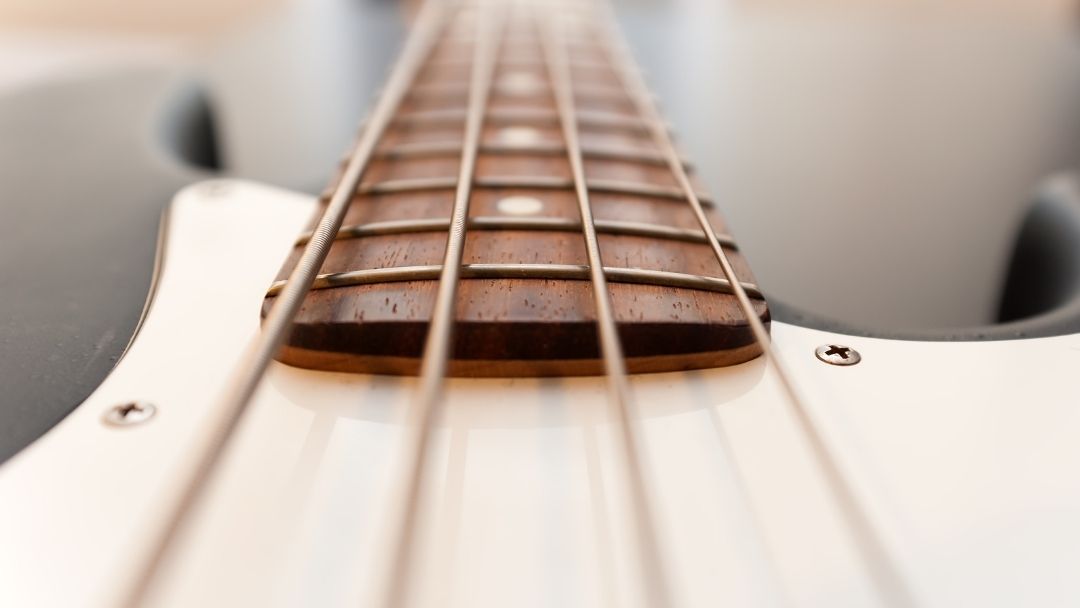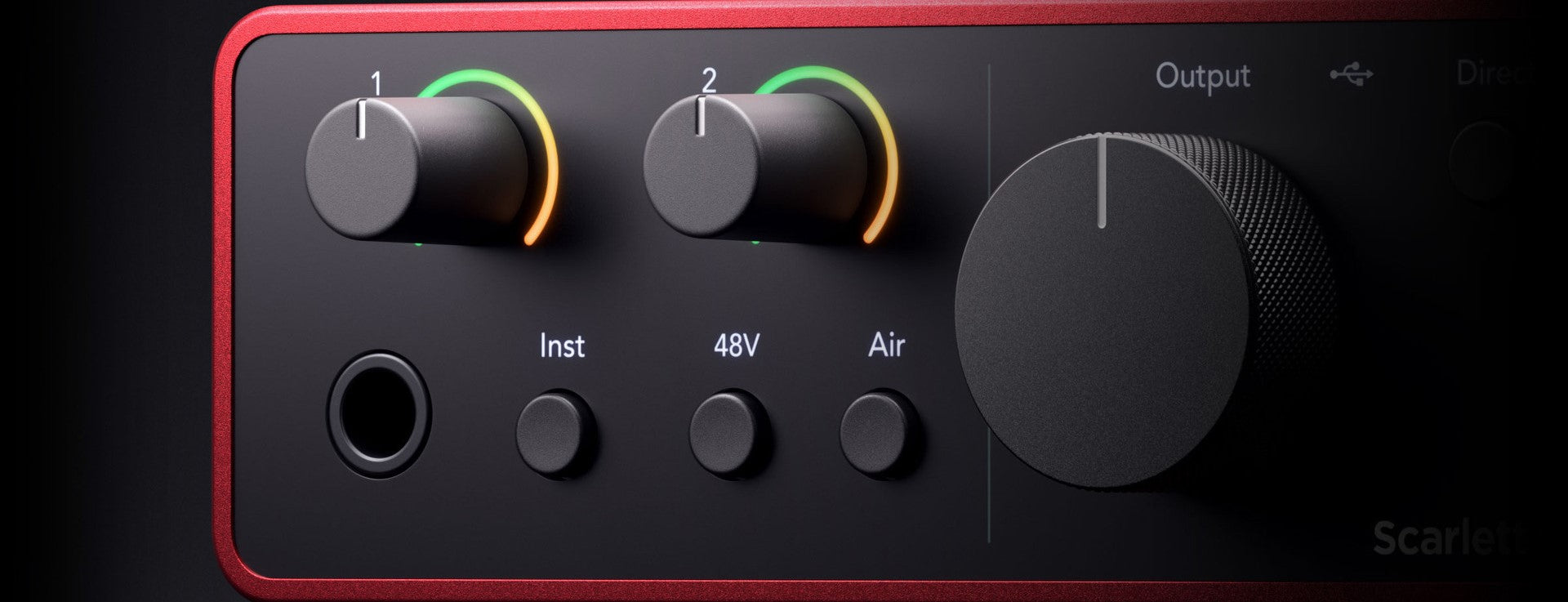Tips for Picking Out Your First Bass Guitar
The bass guitar is a unique musical instrument for several interesting reasons. First is how the instrument exists in a musical gray area that can play the role of rhythm or melody based on what the song calls for. It’s also an instrument that is straightforward and easier to learn than others. Finally, because bass guitars are prevalent in many different genres, you should easily be able to find one that suits your style.
Because of their popularity, there are many different bass guitars available for players of all experience levels. While this variety can be great for experienced players looking for a specific sound, it can be intimidating to new musicians. This is why it’s so important to research your options before throwing down money on a new instrument. Here are our top tips for picking out your first bass guitar.
Anatomy of a Bass Guitar
The first thing to know why buying a bass guitar is the anatomy of the instrument. While the specifics of certain pieces may vary, the sections themselves remain the same for every bass. The headstock is the portion at the top of the instrument that contains the tuning pegs. The neck is the part in the middle with the fretboard. Finally, the body is the part you strum and is how the instrument plugs into an amp.
Scale Length
A mistake many first-time buyers make is not being aware that instruments are available in different sizes. Today, the standard bass guitar comes in with a scale length of 34 inches in length, with some coming in even longer at 35 or 36 inches. In the case of guitars and bass, the scale length isn’t the length of the neck, but rather the distance between the nut and the bridge. Though the standard size, these are considered long-scale basses.
Just like the size of the scale length can go up, they can also go down. Many manufacturers produce a small-scale length that measures around 30 inches. This is the perfect size for people with small hands and beginners who are intimidated by the size of the long-scale options. It is important to remember that a small-scale bass will produce a slightly different sound that is deeper due to string tension and vibration variations.
Tonewoods
The tonewood of a bass guitar is the type of wood used in constructing the body of the guitar. The type and quality of the wood have a big impact on the sound the instrument is capable of producing. Here is a closer look at the six major tonewood styles and how they impact the instrument’s tone and resonance.
- Agathis—A relatively inexpensive tonewood that provides a balanced tone, especially in the lower range.
- Alder—A very popular wood that creates a bright sound, great in the midrange.
- Ash—A similar tonewood to alder, it also produces a bright and full sound; it’s often chosen because of its attractive grain.
- Basswood—This tonewood is great for bassists who play a variety of musical styles, as it produces a softer sound that has a shorter sustain.
- Mahogany—A very warm and full-bodied sound from a medium-density wood, mahogany provides resonance to notes in the lower register.
- Maple—A very dense wood with a crisp tone; maple is typically the preference of many bassists and sound engineers.
Acoustic Bass Essentials
An acoustic bass is an instrument that is hollow with a sound hole on top, similar to that of an acoustic guitar. These instruments have a mellower sound than their electric counterparts, making them better for folk and world music instead of rock and pop.
Acoustic Pros
- A warm, “woody” sound great for folk and jam sessions.
- It doesn’t require an amp.
- Easier to port around.
- Also available with ports to plug into an amp.
Acoustic Cons
- Extra equipment for playing on a sound system.
- Limit to the sounds and tones it can produce.
- More challenging for beginners to learn on.
Electric Bass Essentials
The solid-body bass has been around since the 1950s and is the standard for many musical genres, including country, rock-and-roll, soul, and funk. They are easier to play than the stand-up basses they replaced among a handful of other pros.
Electric Pros
- Easier to port around than stand-up basses.
- Different scale lengths available.
- Wide range of sounds and tones.
- Easy to amplify the sound.
Electric Cons
- Accessories required to get the most value.
- Not suitable for less formal settings and folk music in general.
Number of Strings
While the standard bass has four strings, there are also models available with five or six strings based on your need. A bass with four strings is where most beginners should start because they are easier to handle and capable of playing most music styles perfectly well. A five-string bass is popular in modern heavy metal because of the extra range of notes in the lower end, while the six-string models work best for experts and jazz musicians who need the full complement of options.
Accessories
Many of the best tips for picking out your first bass guitar include the gear necessary to make the most of your purchase. There are a few essential items you will need to really get the bass guitar experience. Here are some of the can’t-miss items for new players:
- Case—A hard case or padded bag is perfect for protecting your instrument during transport.
- Strings—Always have extra strings (and know how to replace them!) in case one breaks mid-performance.
- Picks—A pick is used to strike and pluck the strings, and there are picks made from many different materials available based on the player’s need.
- Amps—They are necessary for any electric bass guitar; consider volume control and auxiliary ports for headphones.
- Tuner—A tuner helps ensure your bass guitar remains in tune; many models plug directly into the tuner.
- Headphones—Not everybody wants to hear your practice, so consider a pair to plug into your amp.
At Yandas Music, we understand the search for the perfect bass guitar isn’t an easy one. Stop in or visit our online store today for the best selection of electric bass guitars for sale available. Our friendly and knowledgeable staff are available to help you find one to fit your specific needs.




